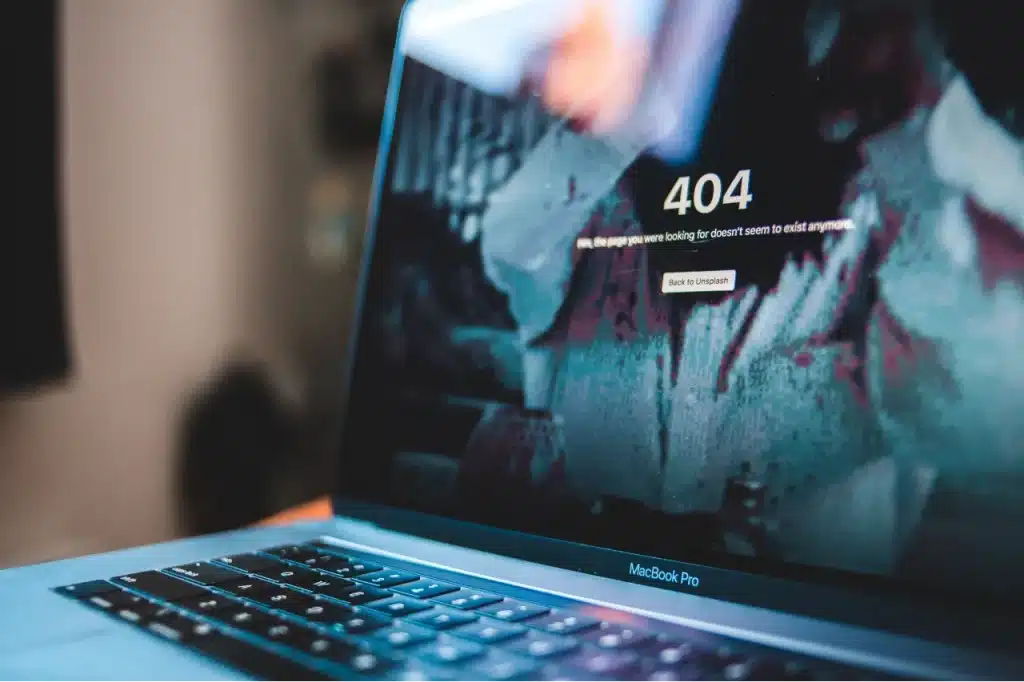Computer errors and error messages can be frustrating, especially when they disrupt our daily activities. Whether you encounter a blue screen of death or a cryptic error code, understanding these common computer errors and their solutions is crucial. In this blog, we will explore some of the most frequent computer error messages and codes, delve into the underlying causes of these issues, and provide practical solutions.
Blue Screen of Death and Windows Error Codes
The dreaded Blue Screen of Death (BSOD) is a common computer error that signifies a critical system error or hardware failure. Accompanied by an error message and a stop code, the BSOD can occur due to various reasons such as faulty hardware, incompatible drivers, or issues with the operating system.
When encountering a BSOD, note down the error message and stop code, as they can provide valuable clues for troubleshooting.
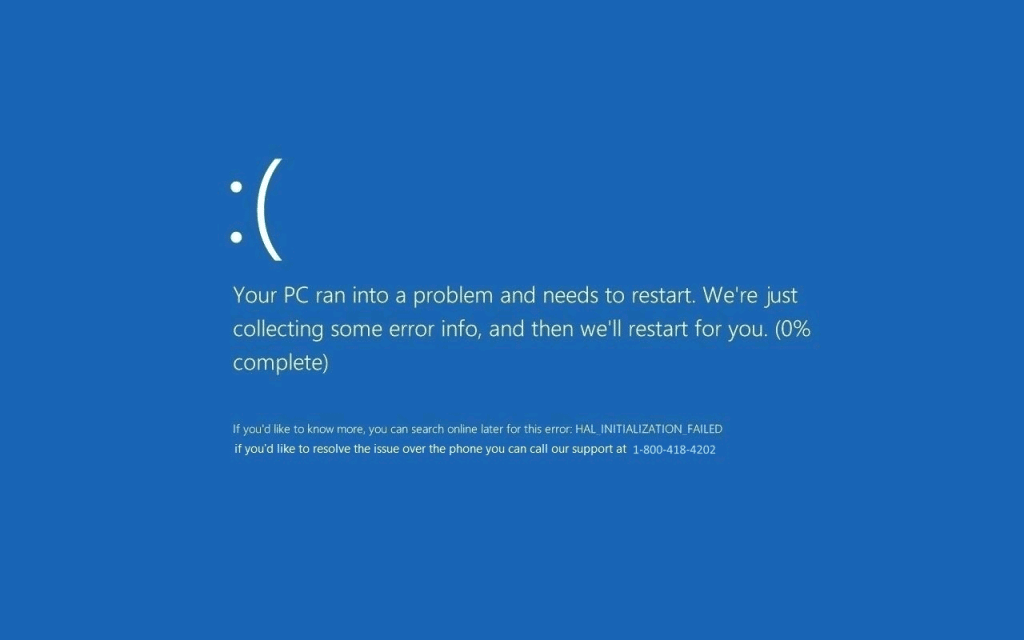
To resolve BSOD issues, try restarting your computer and check if the error persists. If it does, access the event viewer or task manager to identify the cause. Updating drivers, running system diagnostics, or using Windows error-checking tools like chkdsk (command prompt utility) can often help rectify the issue. Consult the Microsoft support website or forums for specific error code information to find solutions tailored to your problem.
Slow Internet Connection and Network Errors
A sluggish internet connection can hamper productivity and cause frustration. Common network errors include “Limited Connectivity” or “DNS Server Not Responding” messages. These issues may result from problems with your modem or router, network configuration, or service provider.
First, try power-cycling your modem and router by unplugging them, waiting for a few seconds, and plugging them back in. If the problem persists, check for any physical or connection-related issues. Updating network drivers, resetting TCP/IP stack, or running network diagnostics can also help resolve network errors.
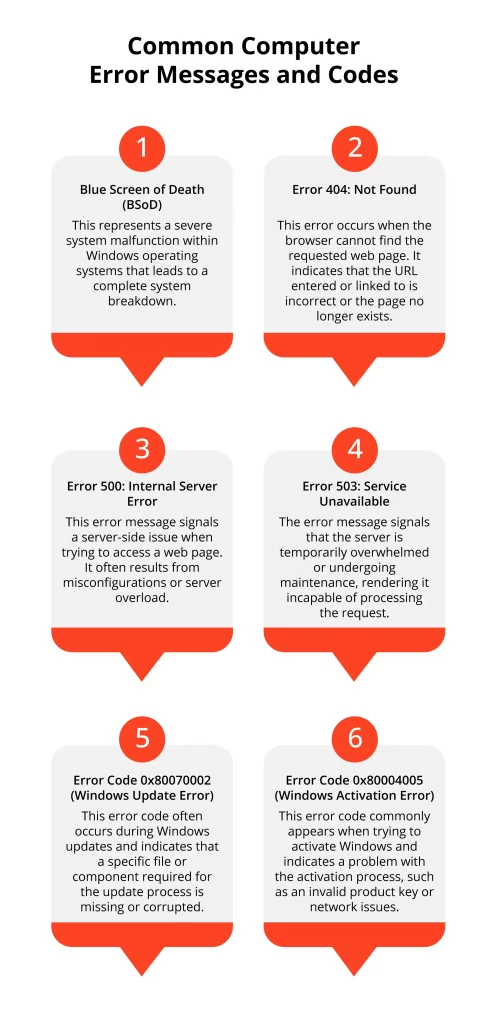
Hard Drive Issues and Bad Sectors
Hard drive errors can lead to data loss and system instability. If you encounter messages like “Disk Boot Failure” or “Drive Not Found,” your hard drive may be experiencing problems. Bad sectors, areas of the disk that cannot be reliably read or written, are a common issue.

To check your hard drive for errors, use the built-in Windows utility called chkdsk. Open the Command Prompt, type “chkdsk /f /r” and press Enter. This will scan and attempt to repair any disk errors or bad sectors.
Additionally, regularly backing up your data and monitoring the health of your hard drive using specialized tools can help prevent critical failures and data loss.
Graphics Card and Display Errors
Issues with graphics cards can manifest as distorted screens, flickering displays, or error messages like “Display Driver Stopped Responding.” Outdated or incompatible drivers, overheating, or faulty hardware can cause these problems.
To troubleshoot graphics card errors, start by updating the graphics card drivers to the latest version. Clean the card and ensure proper cooling to prevent overheating. If the issue persists, consider reseating the card or seeking professional assistance.
Computer errors and error messages can be frustrating, but with a basic understanding of common computer issues and their solutions, you can resolve many problems on your own. If you are not able to solve the problem yourself, request help from our professionals.
Computer Data Recovery with PITS
PITS Global Data Recovery Services is a leading provider specializing in rescuing data from a variety of computer error codes. When you check your computer for errors and face them, it is crucial to understand the significance of data recovery services in safeguarding your data.
With PITS, you can expect a comprehensive range of data recovery solutions tailored to address various computer errors. Whether it is a hard drive failure, a corrupt system, or an inaccessible device, our team of experts will retrieve your data effectively.
One of the key advantages of PITS is our state-of-the-art facilities equipped with advanced tools and cleanrooms. These controlled environments allow for secure data recovery, minimizing the risk of further damage to your device.
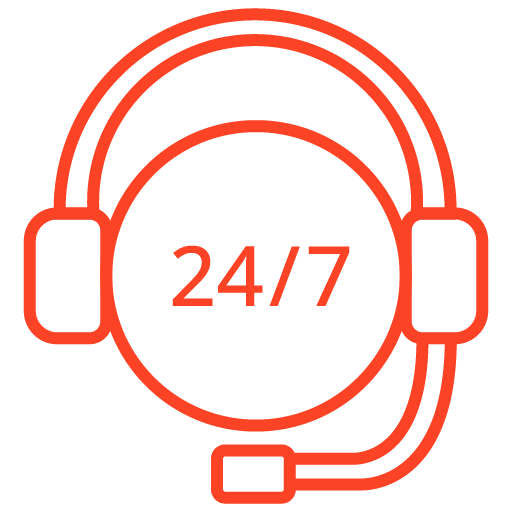
If you’re facing a data loss situation, don’t hesitate to contact us. Our 24/7 data recovery services are available to you, 365 days a year. Let us help you recover your precious data today.
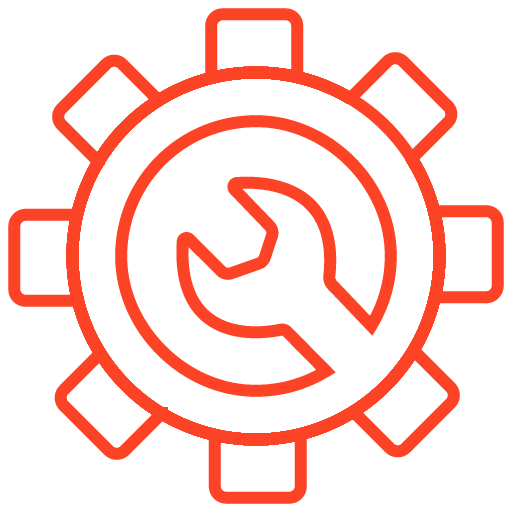
We start the recovery process with a risk-free evaluation. Our technicians estimate reasons for data loss and the level of damage. Based on it, we select the most suitable recovery strategy.

With years in the data recovery industry, our company supports the highest customer satisfaction rate. We do everything to provide a positive experience for our clients.
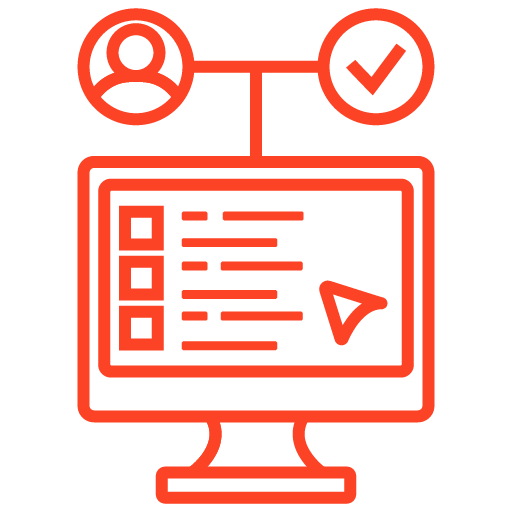
During our remote customer file verification session, you will thoroughly review all necessary documents and records to ensure accuracy and compliance.

We offer data recovery services from over 50 locations across the US. This means that no matter where you are located, you can access our services to recover the data.
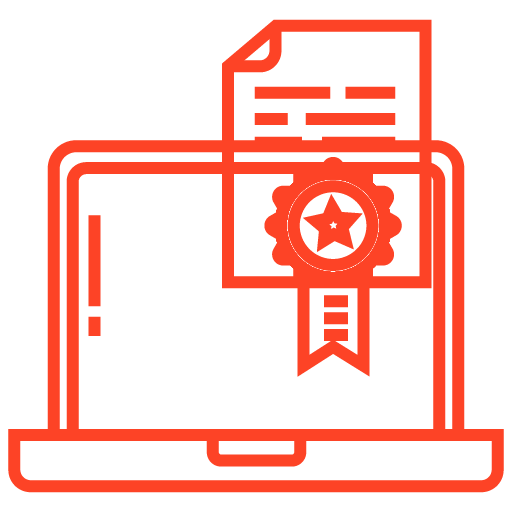
With our certified data recovery services and 99% success rate, we are confident that we can recover your precious data and get you back up and running in no time.
PITS understands the value of data confidentiality and prioritizes the privacy and security of clients’ information. We adhere to strict protocols throughout the data recovery process, ensuring that your sensitive data remains protected.
In addition to our advanced recovery capabilities, we provide excellent customer support. Our team is available to answer your queries and provide updates on the progress of your recovery.
It is worth noting that data recovery is a delicate process, and success rates may vary depending on the severity of the error. However, with our expertise and commitment to delivering the best possible results, you can have confidence in our ability to recover your data.
By entrusting your data to PITS, you can regain access to your important files and mitigate the impact of frequent error messages on your computer. Get in touch with us today, and we will help you with your device.
Frequently Asked Questions
What are some common computer error messages and codes?
Common computer error messages and codes include the Blue Screen of Death (BSOD) with various stop codes, network errors like “Limited Connectivity” or “DNS Server Not Responding,” hard drive issues such as “Disk Boot Failure,” and graphics card errors like “Display Driver Stopped Responding.”
How can I resolve a Blue Screen of Death (BSOD) error?
To resolve BSOD errors, try restarting your computer and checking if the issue persists. You can also update drivers, run system diagnostics, or use Windows error-checking tools like chkdsk to fix the problem. Specific solutions can be found by referencing the error message and stop code associated with the BSOD.
How can I address hard drive issues and bad sectors?
To address hard drive issues and bad sectors, you can use the built-in Windows utility called chkdsk. Running chkdsk from the Command Prompt can scan and attempt to repair any disk errors or bad sectors. Regularly backing up your data and monitoring the health of your hard drive using specialized tools are also recommended preventive measures.
Can I resolve computer errors on my own?
Yes, many computer errors can be resolved by following troubleshooting steps and utilizing built-in tools like the event viewer, task manager, or command prompt. However, it is important to exercise caution and seek professional help if needed, especially when dealing with critical issues or complex error messages.
When should I consider using professional data recovery services?
If you encounter frequent computer error messages that put your data at risk, such as disk failures or corrupt file systems, it is advisable to seek professional data recovery services. Companies like PITS Global Data Recovery Services specialize in retrieving data from a wide range of computer errors and can provide the expertise and advanced technology required for successful data recovery.
Are there any preventative measures to avoid computer errors?
Yes, there are several preventative measures you can take to minimize computer errors. These include regularly updating your operating system and drivers, maintaining backups of your important data, using reliable antivirus software, avoiding hardware overheating, and practicing safe browsing habits.
